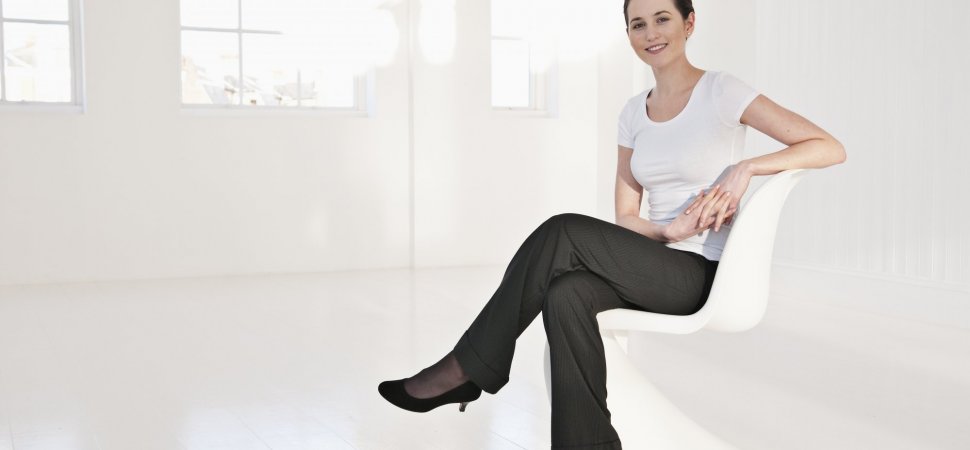People often use body language as a physical, nonverbal form of communication to convey some feeling or intention. Common body language examples include postures, gestures, facial expressions, and eye movements, which give away some clues to how you may really feel. Body language must not be confused with sign language, as sign languages are full languages like spoken languages and have their own complex grammar systems, as well as being able to exhibit the fundamental properties that exist in all languages.Body language, on the other hand, does not have a grammar and must be interpreted broadly, instead of having an absolute meaning corresponding with a certain movement, so it is not a language like sign language, and is simply termed as a “language” due to popular culture.Through our communication, its not only the content that has to be communicated. Along with out words, we also pass on signals that indicate how we perceive the other person as well as how the message should be interpreted by him/her. At the relational level, we articulate how we are related to the receiver of the message and what the message means. Therefore, for the conveying of feelings and relations, digital language is not quite adequate. What exactly it is that we imply by our words is not simple to express only through our words. It is also very difficult to make clear our feeling about another person.
Body Language is a significant aspect of modern communications and relationships.
Body Language is therefore very relevant to management and leadership, and to all aspects of work and business where communications can be seen and physically observed among people.
Body language is also very relevant to relationships outside of work, for example in dating and mating, and in families and parenting.
Communication includes listening. In terms of observable body language, non-verbal signals are being exchanged whether these signals are accompanied by spoken words or not.
Body language goes both ways:
Your own body language reveals your feelings and meanings to others.
Other people’s body language reveals their feelings and meanings to you.
Basic Do’s for Body Language
These are just some of the different body language examples that you should follow.
Maintaining eye contact is a sign of respect and interest towards the other person. If someone is talking and you make sure you are keeping your eyes focused on them then this will make them feel that you are in fact interested in what they have to say. Another body language is your facial expression. If you are always frowning, this would indicate that you have a negative aura, and this will push others away. Whereas if you are constantly seen smiling, you are going to attract other sunny and happy people to you. Posture is also very important. You need to sit properly, avoid slouching, and if you can, keep an open posture at all times, leaning towards the speaker whenever necessary, to show that you are interested.
As mentioned earlier, it is recommended that you keep practicing in order for these body languages to become natural for you. Now that you are already aware of the do’s and don’ts, you can easily figure out which ones you need to get used to and which ones you need to get rid of. And little by little, on a daily basis, you need to practice and maintain good body language. Constantly remind yourself of what gestures, movements, and expressions you should have until it will be innate in you.


